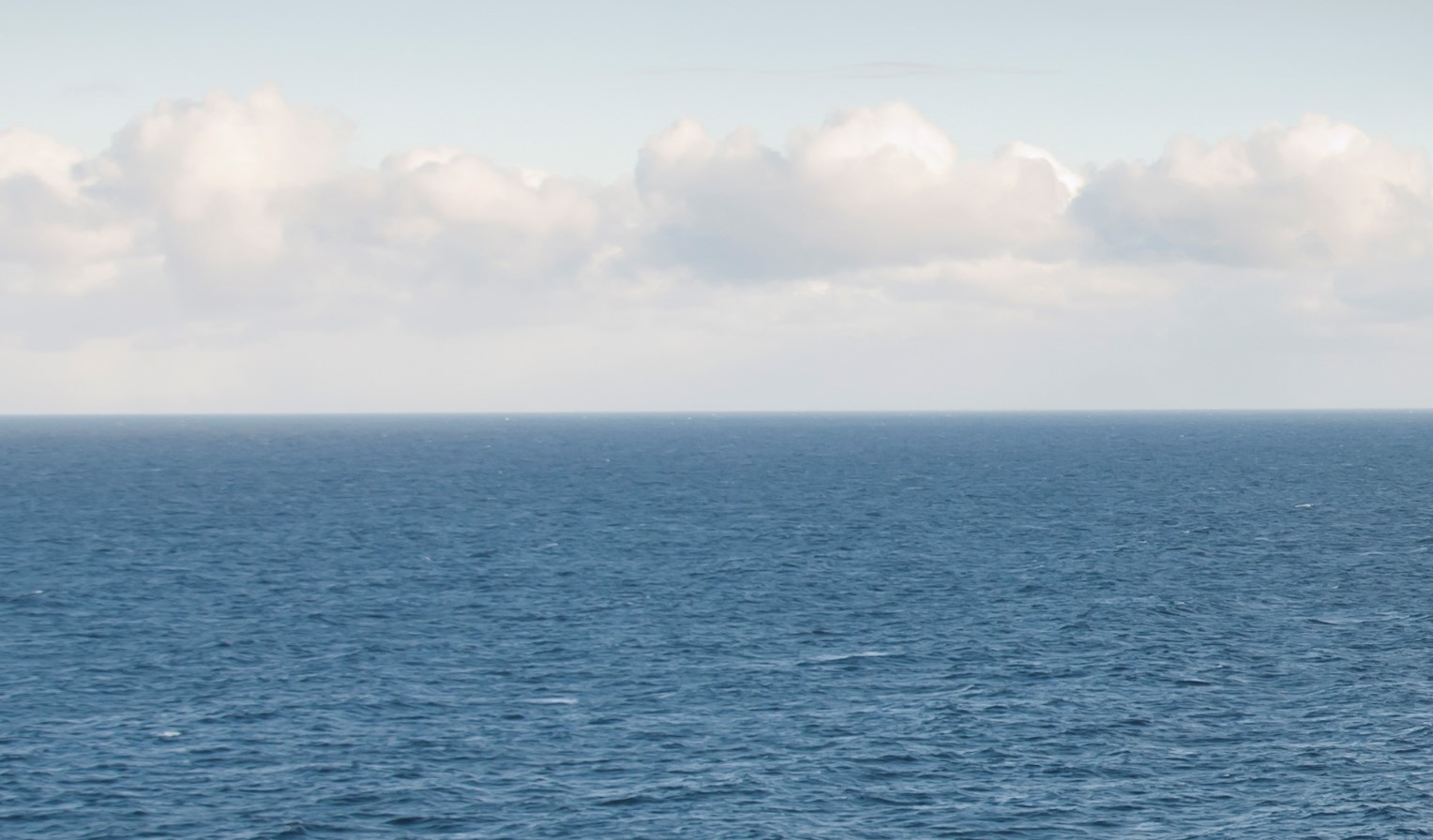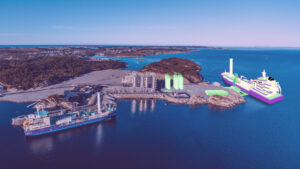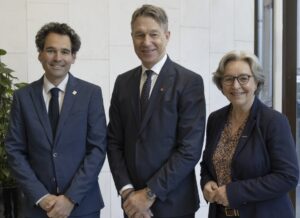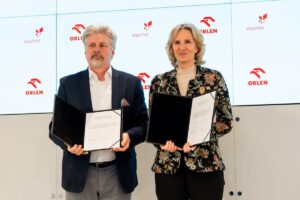Disclosing Northern Lights well data to push CCS innovation
Partners in the Northern Lights project have decided to disclose datasets from the 31/5-7 Eos confirmation well drilled and completed in the North Sea earlier this year.

Equinor, Shell, and Total – the three stakeholders in the Northern Lights project – decided to transparently share the knowledge and give open access to well data and make such data available for download.

Sverre Overå, project director, said: “The Northern Lights project believes data sharing can play an important role in building trust in the technology as well as unlocking value and innovation potential in the CCS industry”.
Torbjørn Folgerø, chief digital officer at Equinor, added: “Disclosing the Northern Lights dataset is in line with our focus on external collaboration and more open innovation. We believe open innovation will contribute to new ideas and new digital solutions enabling acceleration of decarbonisation of the world’s energy systems. We encourage data sharing to support partners, suppliers and academia with the latest data and developments in the industry”.
To remind, the data acquired from drilling well 31/5-7 confirmed a suitable reservoir for the storage of CO2.
The released data discloses relevant subsurface data including well log data, core data, and well test data. They can be used by interested parties for evaluation and research for the benefit of the emerging CCS business.
It is worth noting that the Norwegian full-scale CCS project Langskip (Longship) is the first industry-scale project for capture and storage of CO2 on the Norwegian continental shelf.
Related Article
-
Norway to launch $2.7 billion Longship carbon capture and storage project
Authorities & Government
Exploitation license EL001 for CO2 storage was awarded to the partners in January 2019. The Eos confirmation well within EL001 licence was drilled and tested from 2 December 2019 to 7 March 2020.
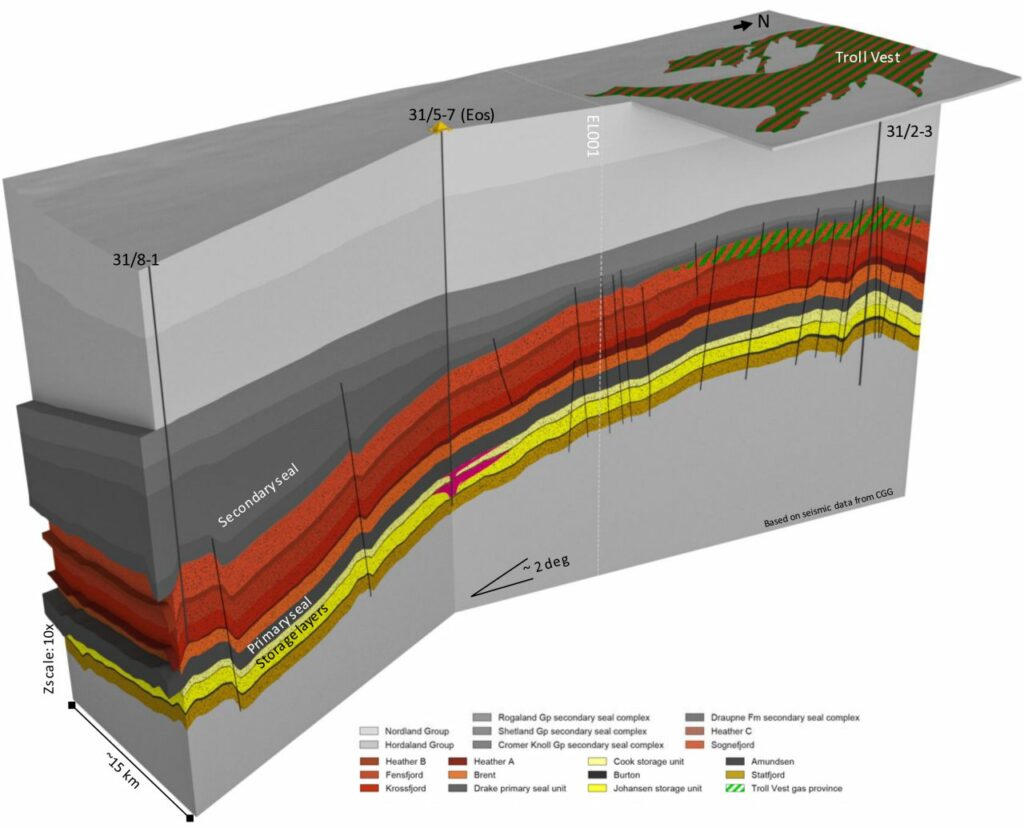
The Eos well targeted the Dunlin Group geological formation as the primary storage, where the sandstone-bearing Cook and Johansen formations both can serve as storage units for the injected CO2.
The caprock consists of impermeable claystone called Drake Formation, which prevents the CO2 from migrating out of the Dunlin Group.
Also, Equinor teamed up last week with tech giant Microsoft on the Northern Lights.
Equinor said it signed a memorandum of understanding with Microsoft to explore ways to support the Northern Lights carbon capture and storage project as a technology partner.

